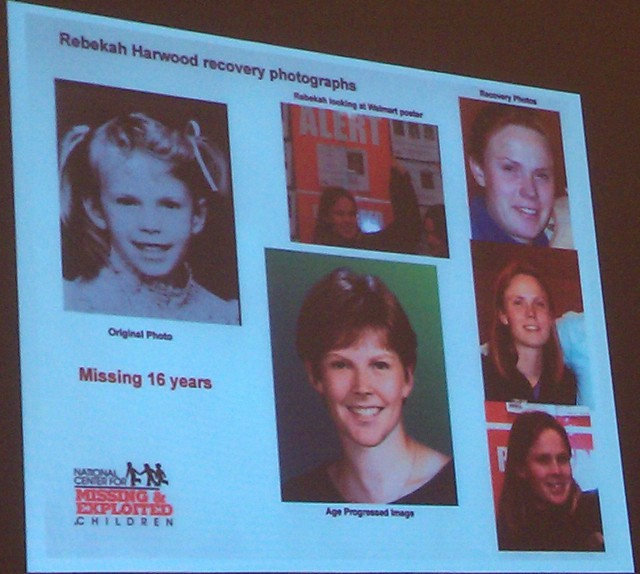SAN FRANCISCO, MACWORLD / iWORLD 2012 — Gregory Wyatt is a fast-talking coroner with a touch of gallows humor and a soft spot for cases involving kids. Wyatt is also the only “official” Mac user out of about 10,000 state workers. As the coroner for Sacramento County, Wyatt heads up a staff of 34 who investigate about 8,000 deaths a year and perform 1,000 autopsies.
“I’m also my own Mac support guy. The only reason I can do that is because they work,” Wyatt said during a talk titled “Apple in Life & Death: The REAL CSI.” Outgoing and confident, he joked he was “not used to speaking to people who speak back.”
We’ve written frequently about how police departments across the country using apps to protect and serve – whether its facial recognition to ID perps or crowdsourcing first responders – but this is the first time we’ve come across a coroner’s office employing it.
Here’s the gear they use:
- 15” MacBook Pro
- MacPro (8-core system)
- Wacom Tablets Cintiq 24HD
- Adobe Photoshop
- FreeForm Modeler Plus System
The tablets and modeler system are used by specialists who do the composite renderings; Wyatt demonstrated about half a dozen cold cases that heated back up thanks to digital imaging and the a2p 3D printer that re-creates skulls (see above video). Wyatt is also using the iPhone and the iPad to digitally capture fingerprints in the field, though he says the smudge-resistant finish of the screens can make the process challenging.

Probably the most dramatic example of CSI-type work involves a still unsolved case of 16-year-old Michael Rainy. By all accounts a good, well-liked kid, Rainy disappeared in Clark County Nevada in 1996 after a spat with his parents over going to the movies on a Saturday afternoon.
Wyatt’s voice broke (the story “still kinda gets to me,”) as he recounted the anguish of the parents who still mourn their son and the fundamental mistake made by an forensic anthropologist who
identified Rainy’s skull as female.
However, the team at the Center for Missing and Exploited Children working via computer to reconstruct the face had no doubts: the composites they came up with (see above photo), showed a young man. Sure enough, Rainy’s parents recognized their son.
“Could we have done that with Windows? Sure,” Wyatt mused. “But not as quickly and without as many problems.”

Though Rainy’s case remained unsolved, there are a few less tragic stories about cold cases that were solved thanks to the images.
Rebekah Harwood didn’t know she was involved in a parental kidnapping case until she recognized herself in one of the composites where her age progress pic looked almost exactly like her and Aric Austin, another parent kidnapping case, was solved when he applied for a Pell Grant. His documents looked fishy to a federal investigator who immediately recognized him from the composite aged photo as the young man who had been in his office.
![How The Real CSI Uses Apple For Cold Cases [Macworld / iWorld 2012] Sacramento County Coroner Gregory Wyatt. @Cultofmac.](https://www.cultofmac.com/wp-content/uploads/2012/01/wyatt.jpg)

